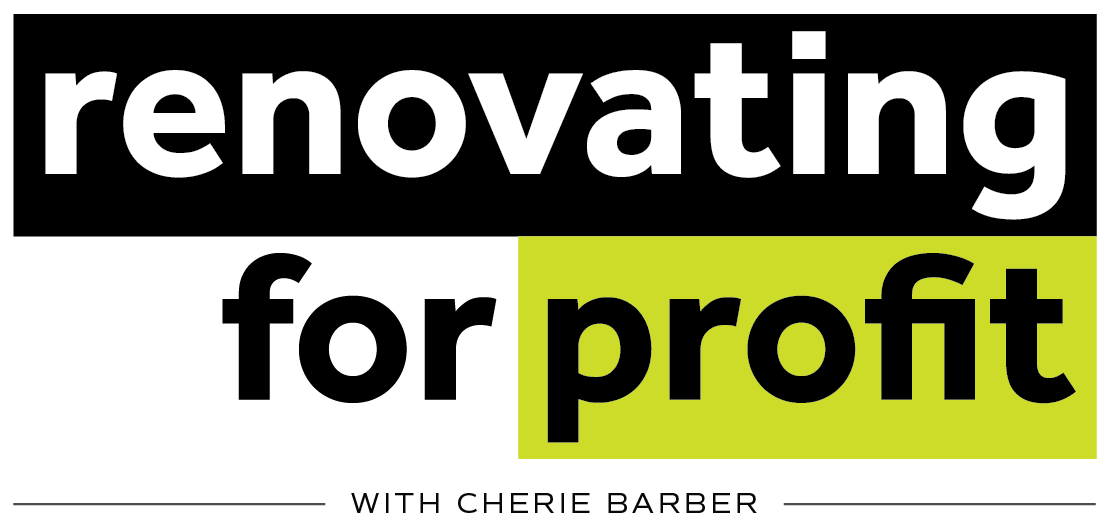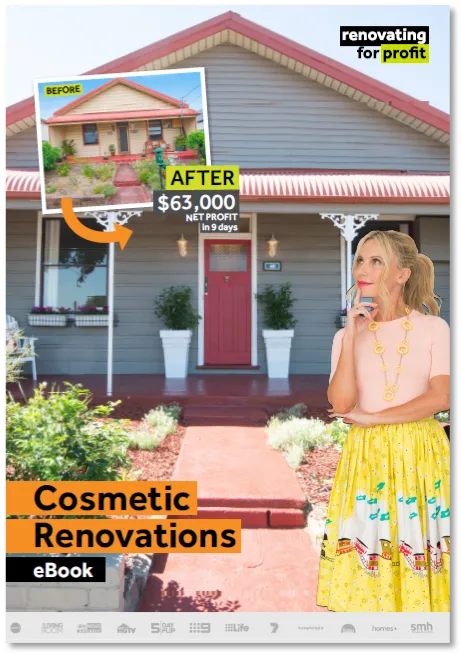How to pull off a property deal with no money down
So you thought you needed a lazy few hundred thousand in the bank before you could even think about embarking on a multi-million dollar property deal? While a lump of cash never goes astray, the good news is that you can pull off a profitable small development with virtually no money at all.
Bob Andersen, mastermind of our Small Developments for Profit online course, has over 30 years’ experience in property development – and offers many compelling testimonials from students who have walked away with huge profits, while barely stumping up any money upfront.
The key is to think laterally, think big, and be prepared to dedicate the time, research and intensive project management these kinds of deals demand.

So I’m going to share with you four different ways to complete a small development with little or no money. In some instances, you may combine a couple of these for one project: ie, team up with another party in a joint venture (JV) and then use a call option for the deal.
It all depends on your own financial circumstances and what opportunities are available.
1. Call option
In a nutshell, call options:
- provide the right, but not the obligation, to buy at an agreed price and by a fixed time in the future;
- enable you to control a property without actually owning it; there are no holding or finance costs; and
- allow you to negotiate the option fee (like a deposit, the amount of money you put down), strike price (purchase price, should you proceed all the way), option period (how long) and any special conditions.
So let’s focus on the benefits in detail.
- You control your property without owning it
You reserve the option, but are not obligated, to settle on the property. You have the right (depending on the conditions) to get a DA and (through certain conditions) the right to offload the option to somebody else and make money by selling them the option.
- No holding or finance costs
You’ve got a parcel under option, but it’s still owned by somebody else. And it’s that somebody else who pays the rates, along with all other expenses.
- Small financial outlay
You could get in on a very small option fee. The only fees you might have to come up with is the DA, which you might even get from an investor.
- Buys you time
Time to work on the property, time to add value to the property, time to get a development approval.
- Reduce risk – no obligation to buy
You can walk away, and that’s the beauty of an option.
To see how this scenario operates in practice, read this case study about two of my Cosmetic Renovations For Profit graduates who teamed up on the project below and made $100,000 profit by employing a call option.
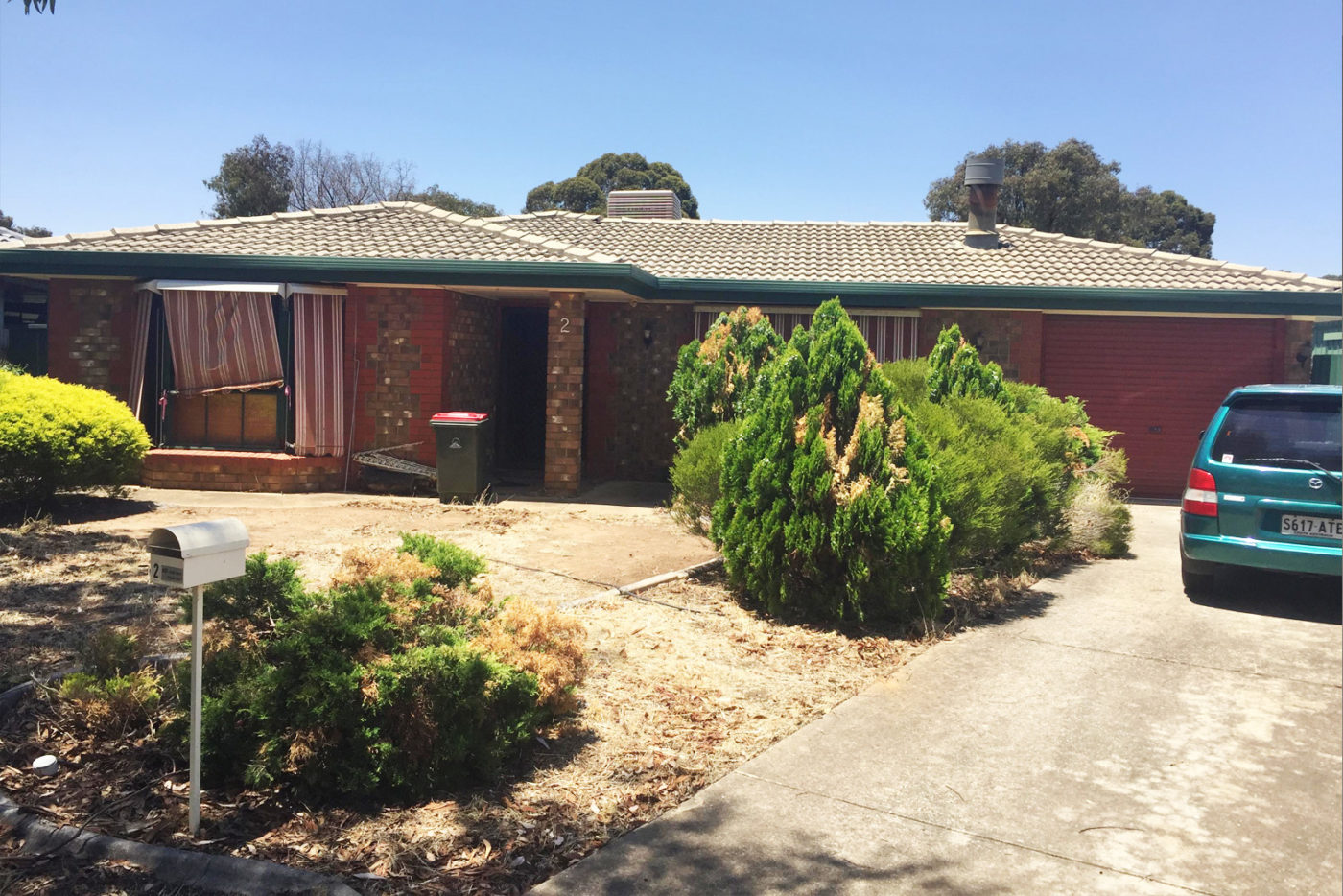
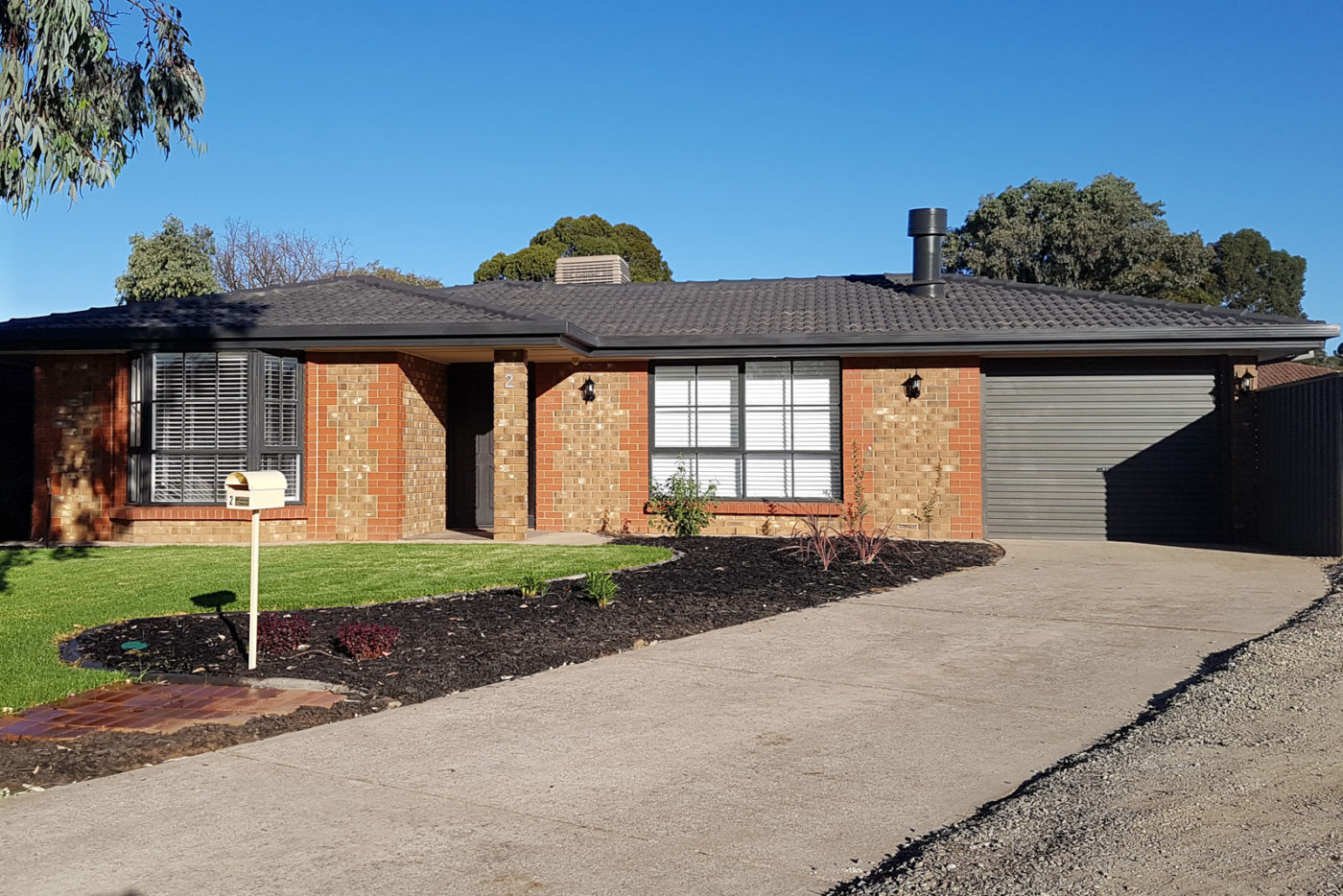
2. Vendor finance
This strategy is used for subdivisions of land into multiple titles. The land may or may not have a house on it already, and you will be creating new titles for the additional lots of land. You may also continue with a DA uplift, or go ahead and build the multiple new dwellings.
You do need some up front money for vendor finance. Here’s how it works:
1) A price for the land is agreed
2) Developer acquires land
3) Part payment is made up front and the balance at the end
4) Developer gets access to the equity (being the difference between the site’s value and the part-payment made to the owner)
In other words, you as the developer purchase the property off the landowner at an agreed price, you pay some of the money upfront, get the titles, and then you enter into a loan agreement to pay the balance of the money at a later date. Ideally, final payment for the land would be due after development, when you are selling.
The vendor or the seller leaves some money in the deal by way of equity in the land, and as a developer, you’re getting access to that equity.
What vendor would be interested in this kind of deal?
- A seller who doesn’t need all the money upfront
- A seller who has low or no mortgage
- A seller who is comfortable receiving partial settlement / security
CASE STUDY
This student found a land owner living in a house on an 8000 m2 block of land, ready to downsize and move to an apartment. The owner had no debt on the land, which was worth $1.6m, and could be subdivided into five lots.
The student agreed on a purchase price of $1.72m. On settlement, the owner received $800,000 – enough to buy a new apartment. It was agreed the balance of $920,000 would be paid on settlement of the five lots.
In a double win, the student was able to:
- borrow against the site value to pay the landowner their initial payment, and
- borrow further funds against the site value to perform the subdivision.
This ‘no money down’ deal delivered the student a profit of $380,000.
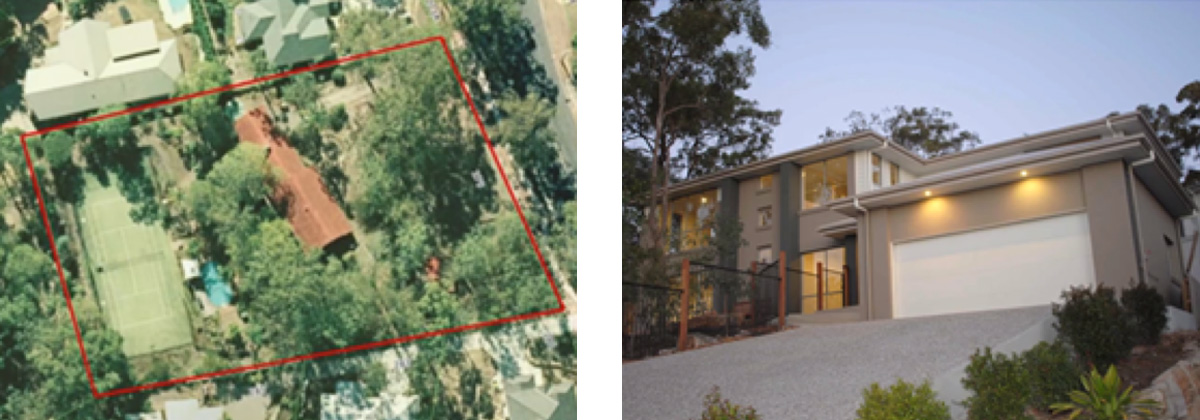
3. DA Uplift
In simple terms, a DA Uplift is the increase in value you get on a parcel of land when you obtain a development approval (DA). This means securing a site, funding the DA costs and then revaluing the site on approval.
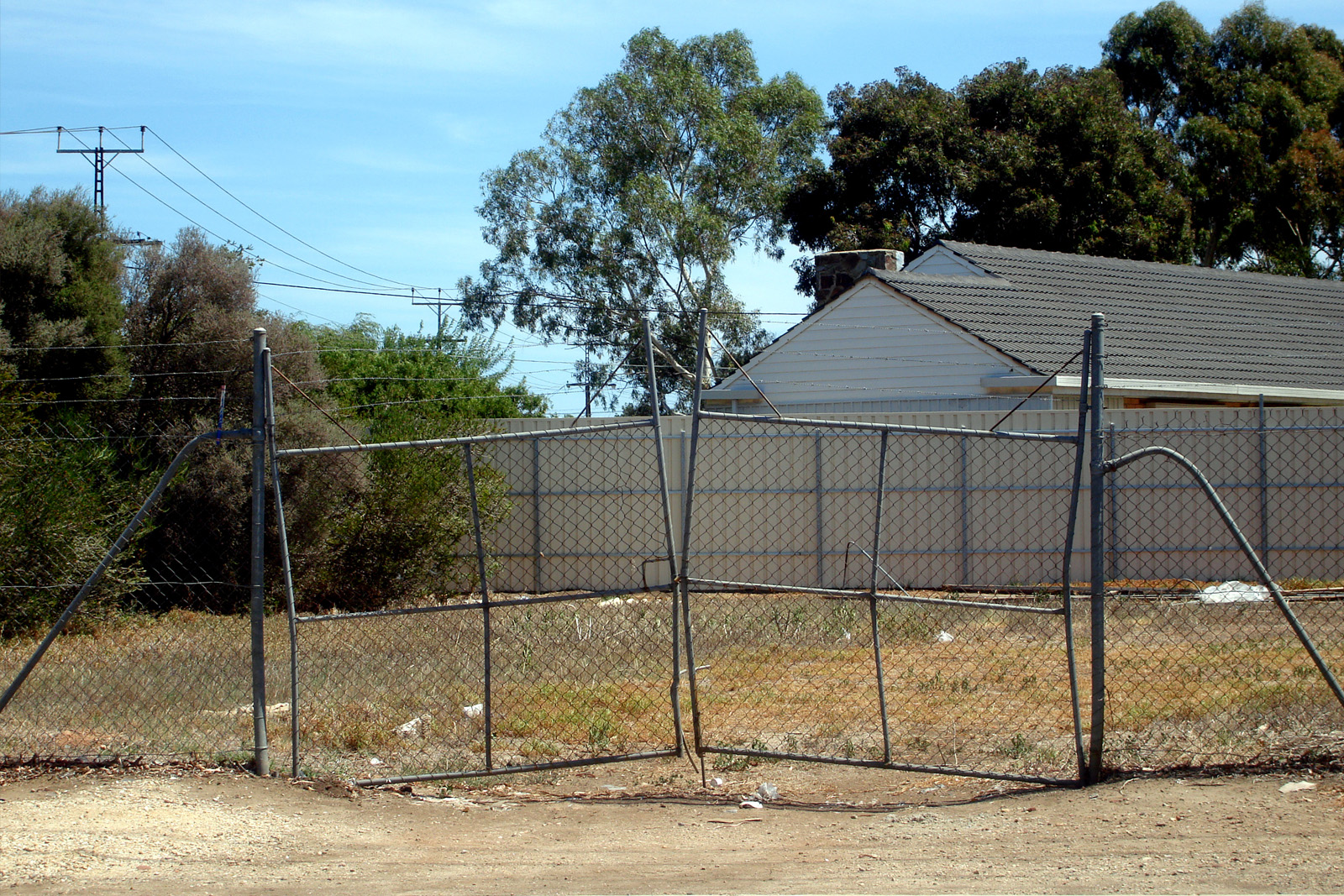
At the end, you can choose to either:
- sell the site and realise the profit, or
- develop the site and use the DA uplift towards your equity contribution.
Once your raw site gains a DA, you expect an increase in value. You can then use that as equity to help fund construction. It reduces the normal amount of capital or equity you would need to come up with.
You can read here about my own personal experience of making a very easy $375,000 clear profit from a DA uplift I did with a joint venture partner. This was very early on in my property career, when I had little access to funds, but buckets of energy and ambition. Time and knowledge are the two big things you need to bring to the table here.
4. Joint ventures
A joint venture (JV) basically means teaming up with another party or parties on a project. It generally relies on the simple dynamic that some people have time and knowledge, but no money. Others might have loads of money or be sitting on a goldmine, but simply don’t have the time or motivation to leverage their asset. Enter the joint venture.
Two scenarios we’ll look at here:
- JV with a landowner
- JV with a money partner

When teaming up with a landowner, the developer (that’s you) contributes time and knowledge, and the landowner puts up the land as security. Following an agreement, there is a share in the profits. This, of course, is only viable once you’ve ascertained the development potential of the land and whether the numbers stacks up. Some of the things you’ll need to agree on are:
- land value;
- DA costs;
- financial guarantees;
- project management fee; and
- profit share.
A more popular JV arrangement is as money partners.
There are two types of money partners:
1) Equity partner: The most common. In this case another individual puts money into the project, often to acquire the development site. They will likely become part of the ownership structure and be on the loan. They are a full blown partner on the development and they will receive a profit share.
2) Loan partner: This person just lends you money. They are not on the title or the loan. Typically you will put all or part of this money down as your equity. You must repay their money along with an interest payment. Generally they will not get a profit share.
